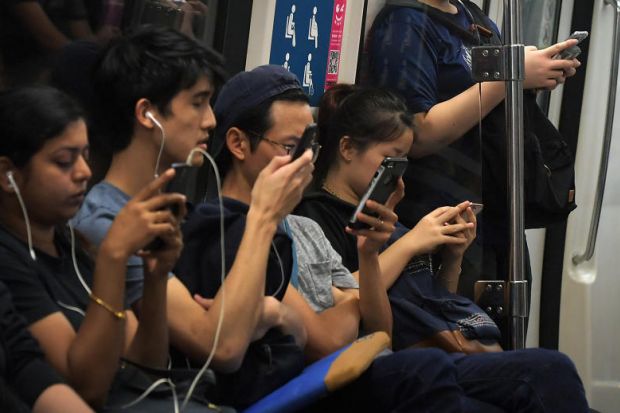Engaging tomorrow’s customers: The opportunity in Asean
ASEAN is coming of age. Sixty per cent of the Asean population today is under 35 years old. The region is behind only China and India in having the most millennials.
Asean is also becoming increasingly connected. In 2017, almost half of consumers in Asean had a smartphone. And with the price point of smartphones in Asean starting at US$50 and expected to continue to drop, the number of new smartphone-equipped consumers is expected to grow by 100 million by 2020.
These trends are changing the way companies engage with Asean’s mobile-savvy and connected consumers. For one, the way in which they expect services will be increasingly influenced by fast-growing mobile services that are simple, accessible and intelligent.
This same level of expectation applies to what customers want from banking services and most banks have responded to this by implementing different digital strategies to serve the customers into the future.
Deciding which business model best fits your corporate strategy can be daunting. Instead of focusing on what digital strategies can be executed the fastest, it may be more valuable to start from a blank slate and to reinvent your customer engagement model.
Simplicity
The retail banking landscape in Asean has seen changes geared towards one goal – to make banking services frictionless and therefore simpler for customers.
UOB launched its digital bank TMRW (pronounced “tomorrow”) in March 2019. TMRW is created for Asean’s digital generation and taps the on-ground expertise of the bank’s Asean employees to address the cultural and behavioural nuances of each market.
Through their insights, TMRW was designed to be so simple and instinctive for customers so that like popular social media apps such as Instagram, the digital bank app does not have a traditional app menu.
Accessibility
Increasing collaboration between banks and financial technology (fintech) firms has resulted in the development of innovative solutions which make banking more accessible to half of the Asean adult population who are still unbanked or underserved.
For example, Artificial Intelligence (AI)-driven credit assessment solutions such as Avatec.ai – a joint venture between UOB and Chinese fintech firm, PINTEC – enable banks and companies offering financing services to assess more accurately the credit quality of potential customers, including those new to credit.
Richer data from smartphones, available with customer consent, is also powering alternative credit scoring solutions provided by the likes of Avatec.ai and CredoLab. This has the twin effects of increasing consumers’ access to credit and improving credit quality at the same time.
With the high smartphone penetration in Asean, customers have the ability to make almost all banking transactions digitally no matter where they are.
The emergence of national digital identification services across Asean, such as MyInfo in Singapore, also means customers do not need to look for a bank branch to sign up for new products as a fully electronic means of authentication is now possible.
Intelligence
Enterprising players in the banking industry have also begun to deepen their understanding of customers by harnessing insights from data. In doing so, banks can help customers to make more informed decisions as they save and spend. Data can also be used to help customers make smarter decisions.
Innovative comparison websites like eCompareMo in Philippines aggregate product data across banks so that customers can choose the most suitable banking product for themselves easily.
What are the implications of these evolving trends to the future of retail banking in Asean?
It is likely that omni-channel and mobile-only banking platforms will co-exist in the future as they serve distinct and different customer bases.
Omni-channel customers typically span a range of lifestyles and life stages, each with different sets of needs and priorities. Banks must ensure that their customer experiences, services and solutions are relevant to this diverse group. This is why products and services offered as part of an omni-channel banking strategy are typically more comprehensive.
In contrast, the customers who would choose to bank only on mobile are typically a more homogeneous group – that is, consumers who prefer to engage on the mobile phone and who are digital natives.
Many in this group are millennials who are not looking for sophisticated banking products. This means banks are able to design simpler products, services and user interfaces that push the envelope to provide these customers a truly instinctive digital experience. Given that the digital generation is often quick to adopt new digital solutions and has high expectations of digital services, banks must be agile and quick to learn and test new ways to deepen the engagement.
For banks that want to tap Asean’s growth story, it is important they understand the diverse nuances of each market and personalise the customer experience accordingly. Only then will they be able to engage the customers of tomorrow for the long term.
Source: https://www.businesstimes.com.sg/asean-business/engaging-tomorrows-customers-the-opportunity-in-asean


 English
English




